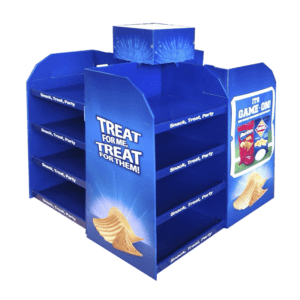Home » The Vital Role of Pack out and Fulfillment in Retail and POP Display Success
The Vital Role of Pack out and Fulfillment in Retail and POP Display Success
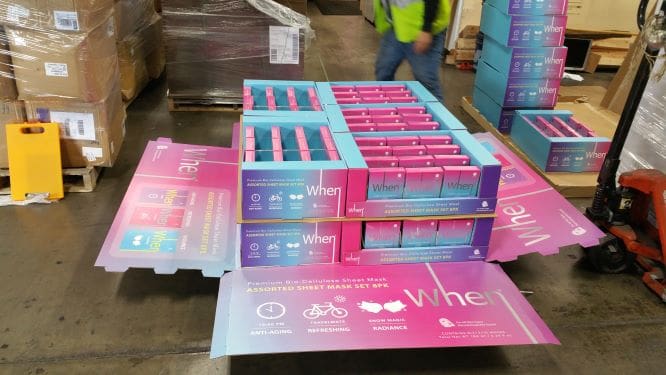
In the dynamic world of retail, success is determined not only by the quality of products but also by the efficiency of their presentation and delivery. This is where the critical processes of pack out and fulfillment come into play. In this comprehensive blog, we’ll explore why pack out and fulfillment are vital to achieving success in the retail industry, particularly in the context of Point of Purchase (POP) displays.
The Foundations of First Impressions
Imagine walking into a store and encountering a meticulously organized display that perfectly showcases a product. Now, envision the opposite – cluttered shelves, damaged items, and disarray. The first scenario is the result of effective pack out and fulfillment processes. These processes involve the careful arrangement, packaging, and arrangement of products for display and delivery. When done right, they set the stage for positive first impressions that draw customers in and reflect your brand’s professionalism.
Seamless Shopping Experiences
Today’s consumers expect seamless and hassle-free shopping experiences. This includes the ease of finding products, accurate inventory, and quick delivery. Proper pack out and fulfillment ensure that products are readily available for display and purchase. Whether it’s an in-store display or an online order, a well-executed process ensures that products are accessible, organized, and in pristine condition.
Optimized Inventory Management
Effective pack out and fulfillment go beyond surface-level aesthetics. They involve a deep understanding of inventory management and supply chain logistics. Retailers need to ensure that products are efficiently replenished, and inventory levels are accurately tracked. This not only prevents stockouts and overstock situations but also contributes to cost savings and improved operational efficiency.
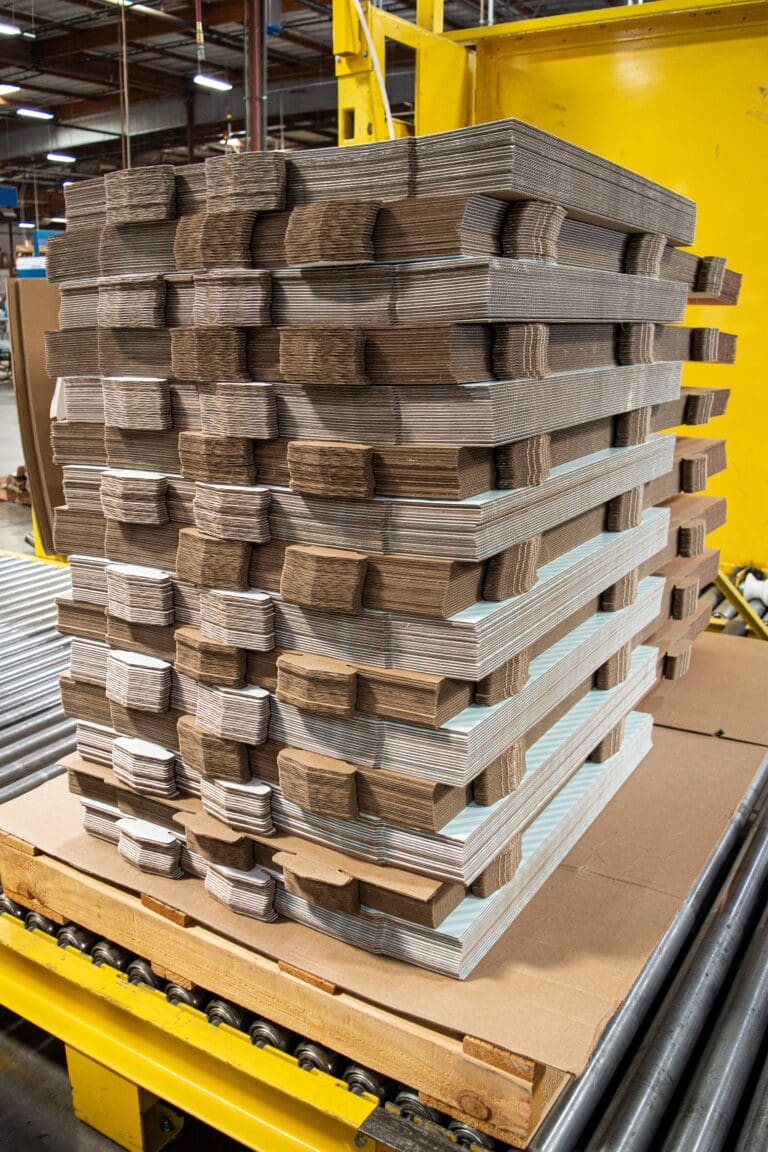
Efficient Fulfillment for Online Orders
With the rise of e-commerce, efficient fulfillment processes have become even more crucial. Online shoppers expect timely deliveries and packaging that safeguards products during transit. Companies need to ensure that products are packed securely to prevent damage during shipping. Additionally, accurate labeling and documentation are essential to prevent shipping errors and customer dissatisfaction.
Enhanced Customer Satisfaction
The link between effective pack out and fulfillment and customer satisfaction is undeniable. Customers appreciate receiving orders on time and in pristine condition. When products are well-packaged, accurately labeled, and thoughtfully organized, it reflects a commitment to delivering a positive customer experience. Satisfied customers are more likely to become repeat buyers and brand advocates.
Reduced Costs and Waste
Inefficient pack out and fulfillment processes can lead to unnecessary costs and waste. Poorly organized displays can result in lost sales opportunities, while incorrect packaging materials can lead to damage and returns. By optimizing these processes, companies can reduce costs associated with rework, returns, and inefficient inventory management.
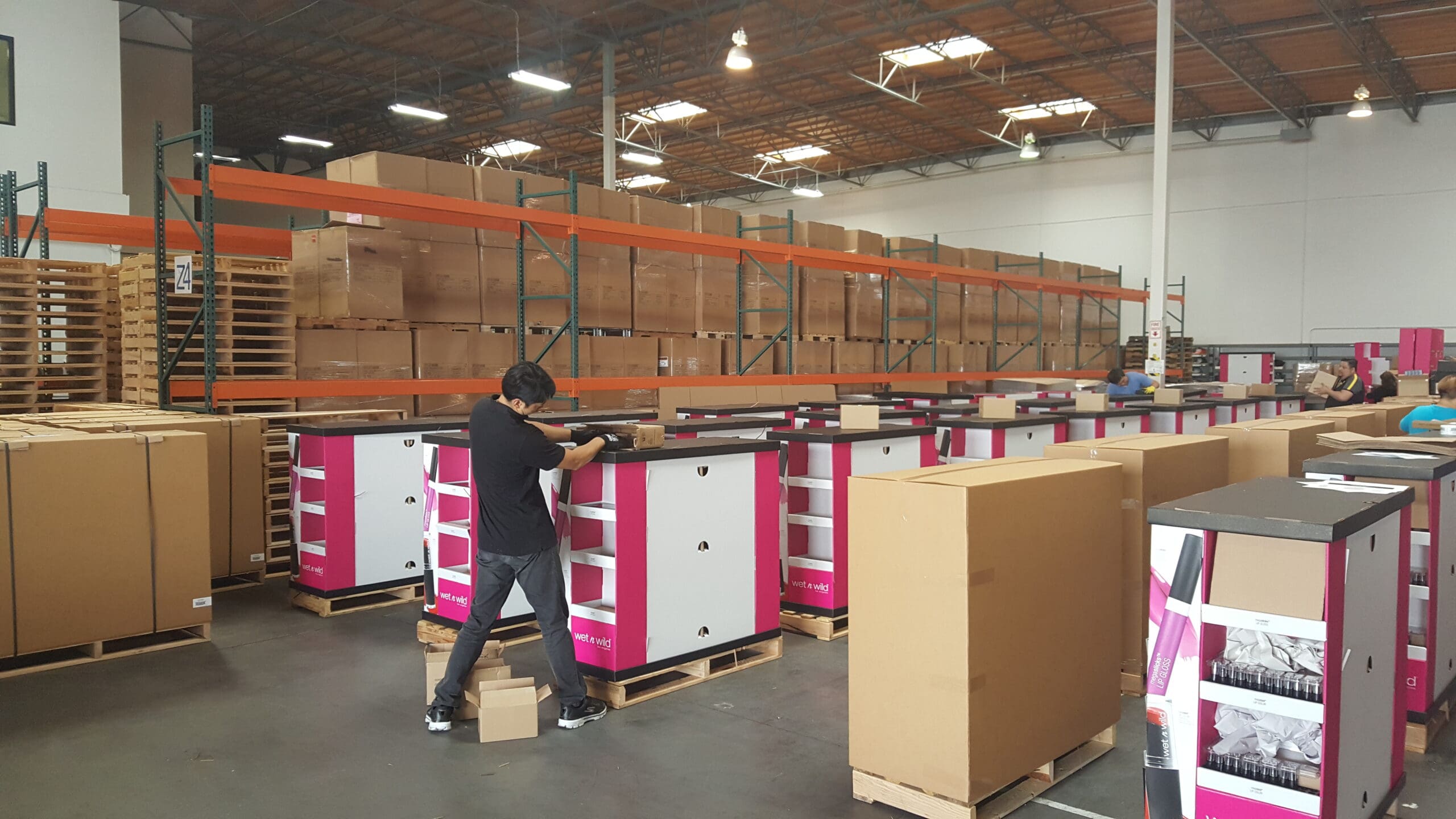
Data-Driven Decision-Making
Pack out and fulfillment processes generate valuable data that can inform strategic decisions. By tracking inventory levels, product movement, and fulfillment metrics, retailers can identify trends and make informed choices about restocking, product placement, and supply chain optimization. This data-driven approach enhances overall operational efficiency.
Consistency and Brand Image
Consistency is key in retail, especially when it comes to branding. Proper pack out and fulfillment processes ensure that products are consistently presented, regardless of the sales channel. Whether a customer encounters your product in-store or online, they should have a cohesive and positive experience that aligns with your brand image.
Meeting the Demands of POP Displays
POP displays demand a heightened level of attention to detail. From assembling the display to placing products in an attractive and organized manner, the pack out process directly impacts the effectiveness of the display. Fulfillment, on the other hand, ensures that products are readily available for replenishment, maintaining the visual appeal throughout its lifecycle.
If you are interested in pack out and fulfillment for your retail POP displays, then partner with Brown Packaging today to get started.
With new tariff proposals and continued trade uncertainty, 2026 is shaping up to be another pivotal year for packaging sourcing strategy. Many companies that shifted
Following multiple rounds of tariff changes and trade policy adjustments, 2026 marks a turning point for U.S. packaging buyers. Many who previously transitioned from China
Shifting packaging production from China to the U.S. can help stabilize costs, reduce tariff exposure, and shorten lead times. But the transition process requires careful
RSC boxes are known for their efficiency and versatility, but their performance ultimately comes down to strength. Buyers often see numbers like ECT, BCT, and
In packaging, foam isn’t just about initial protection — it’s about maintaining performance over the entire shipping or storage cycle. Compression set and recovery characteristics
Pouches are a go-to for flexibility and convenience, but they can fail in critical ways—from poor seals to punctures and delamination—that hurt performance and brand
Home » The Vital Role of Pack out and Fulfillment in Retail and POP Display Success
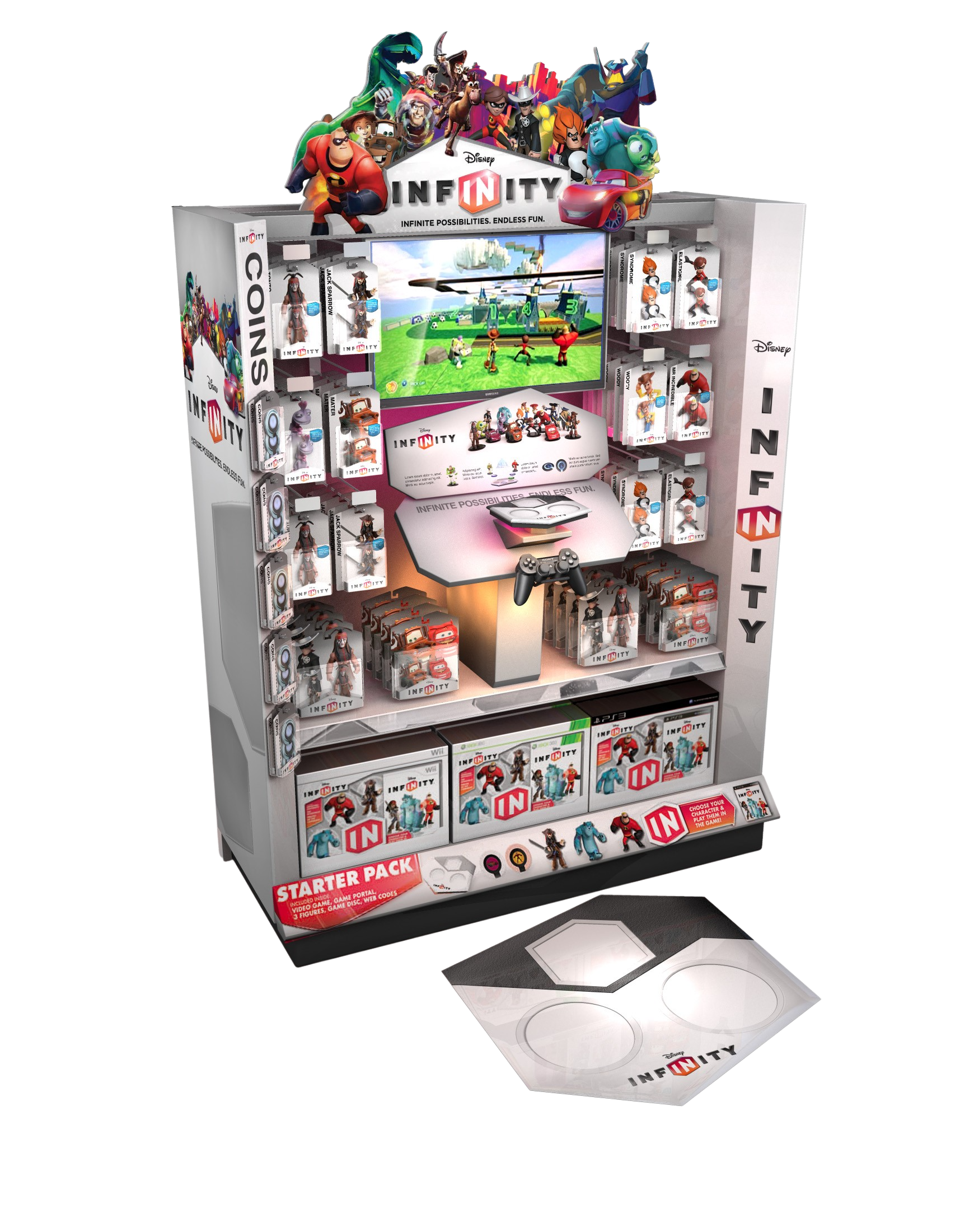
The selection of materials and the production process are critical aspects of creating a Point of Purchase (POP) display that not only captures attention but
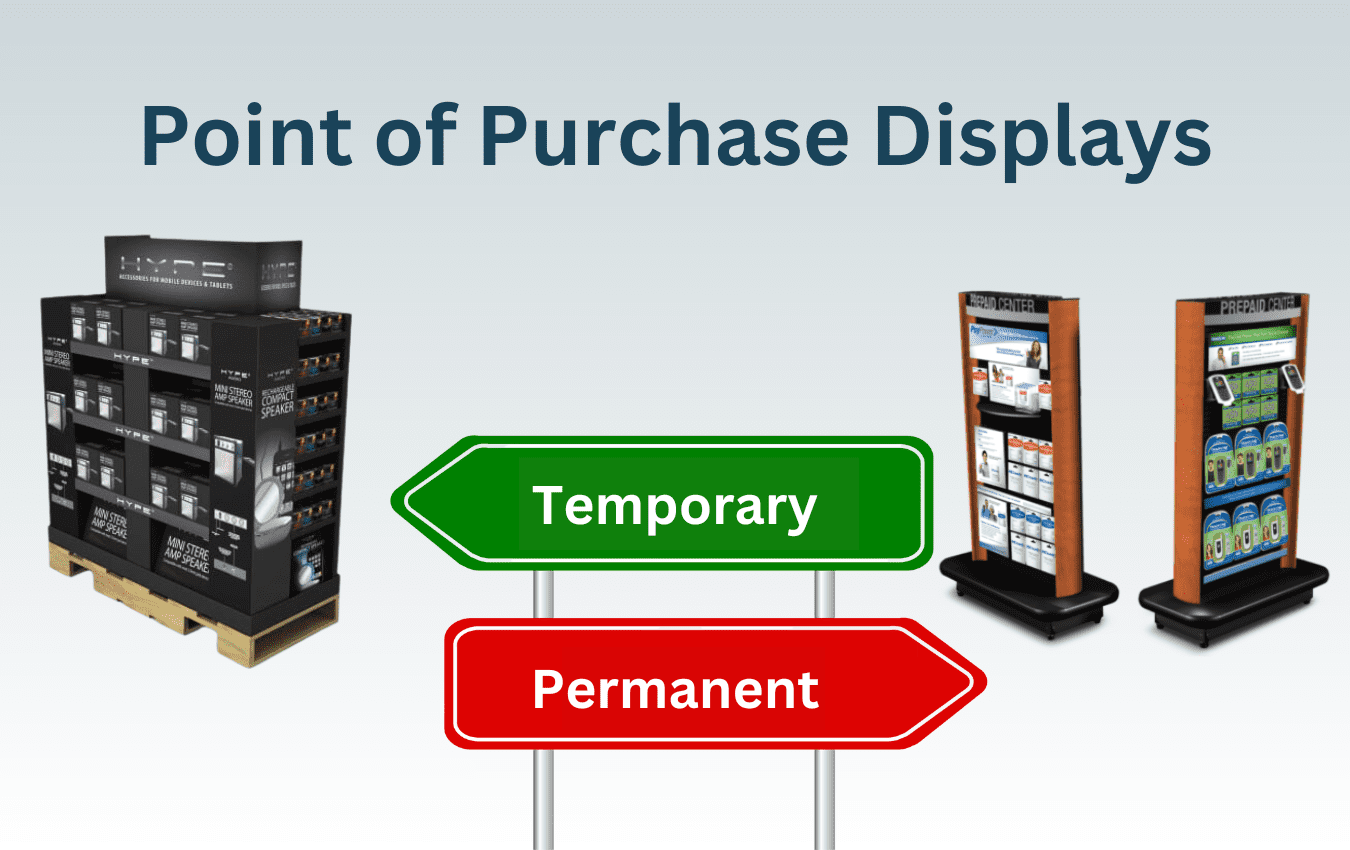
In the intricate world of retail, Point-of-Purchase (POP) displays play a critical role in influencing consumer decisions and driving sales. When it comes to choosing
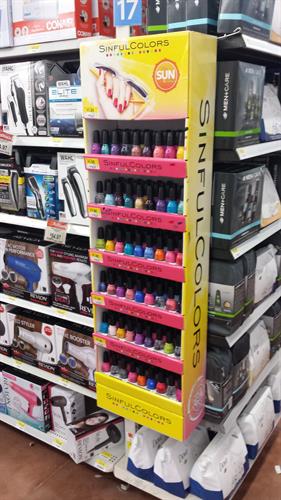
Creating a successful Point of Purchase (POP) display involves thorough research and careful planning. This crucial second step in the development of a POP display


